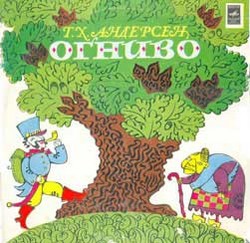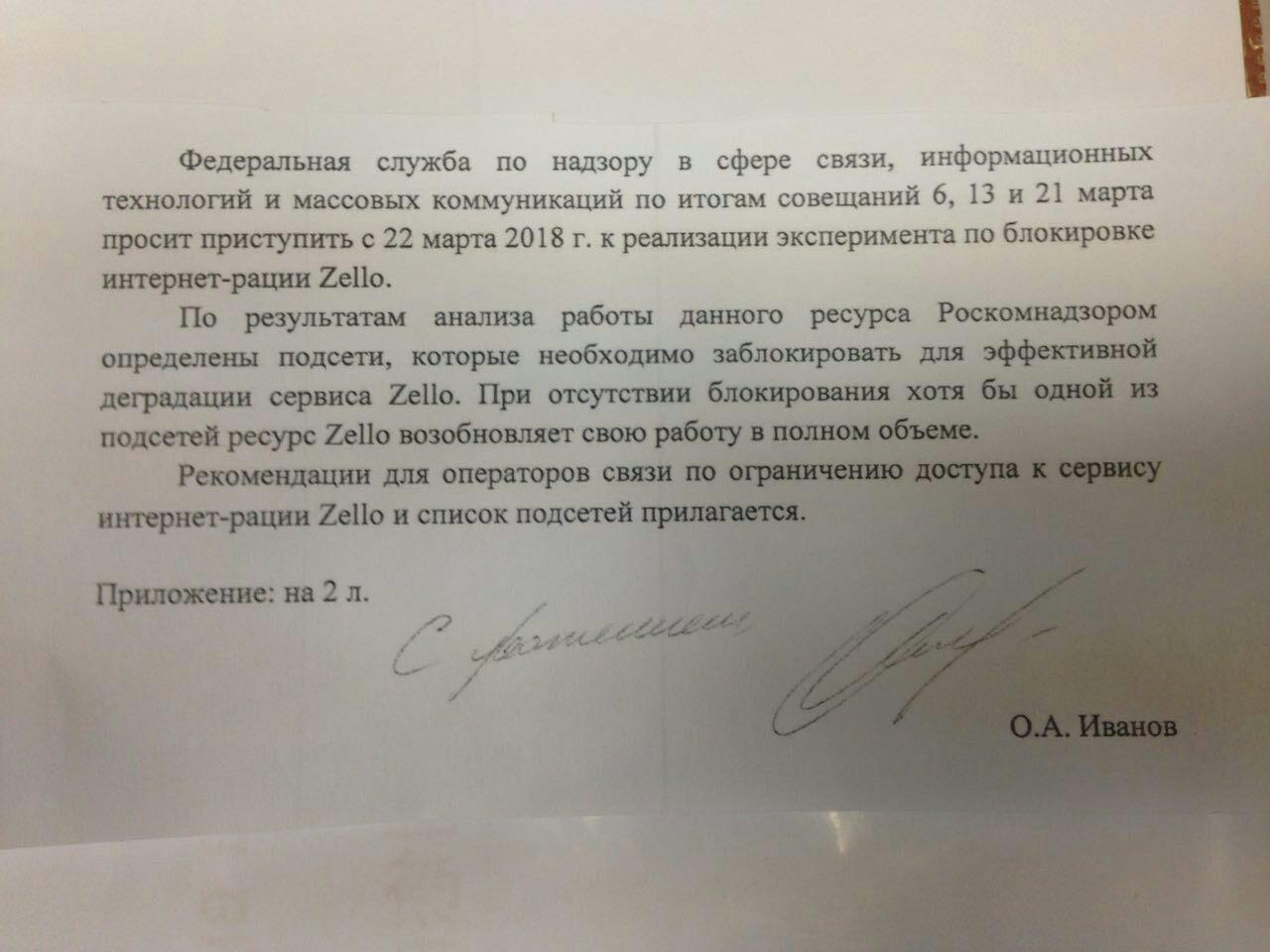Kak Hochu Denjgi Tratil Skazka Chitatj

Hasp4 dumper v 107 5. Kak nauchit' rebenka chitat', esli emu 2, 3, 4, 5, 6 on Amazon.com. *FREE* shipping on qualifying offers.
January 13, 2016 Highlights: • 3D Asset Management prefers exchange-traded funds (ETFs) because they are 1) cost-effective, 2) tax-efficient, and 3) more transparent than other publicly-traded vehicles, such as open-ended mutual funds. • ETF product innovation has democratized retail investing by giving exposures to retail investors that had been historically only available to institutional and professional investors. • What about the disruptions ETFs experienced during the August 24 sell-off? This was due to the fact that many of the underlying stocks did not trade that morning rather than some structural defect of ETFs.
If the underlying securities do not trade, then it will be difficult to get a true underlying mark for the ETF (that is why you don’t want to trade ETFs using market orders, especially in the morning). • Trading ETFs have proven to be more efficient and more liquid than trading their underlying baskets. This is due to the capital markets tools available to the market-making authorized participants who have an incentive to ensure the ETF’s price and underlying net asset value do not diverge. In effect, the ETFs can serve as a price discovery tool for what the true underlying value of the basket of securities are on a real-time basis. • The reason why strategic beta (or factor-based) ETFs are gaining in popularity is this notion of buying ‘ active management in a box’. Most of what you get from a typical active manager can be systematically captured in a rules-based approach.
• 3D’s value-added comes from building an elegantly designed and dynamically-managed ETF portfolio that serves as a core, foundational holding either on a stand-alone basis or within a broader program. We build globally diversified equity and fixed income portfolios where we dynamically manage our exposures to where we believe we are best compensated for the risks involved while still delivering the underlying risk/return characteristics of the asset class. With the beginning of the new year, we find it a helpful exercise to revisit some of our fundamental investment principals and share these thoughts with our partners and clients.
With much that has happened this past year, what could be more of a basic issue to revisit then this one? It can be summed by this: You know what you’re buying and you have a real-time pricing mechanism to gauge the value of what you’re buying. And you can get this desired market exposure in a more cost-effective and tax-efficient manner versus other publicly-traded vehicles. With respect to transparency, most open-ended mutual funds are actively managed, so investors have a basic idea of what they’re getting, but this can change depending on the active trading by the fund manager. In contrast, many ETFs (those that file for passive exempted relief with the SEC) track an underlying benchmark, so the investors can be reasonably confident that an ETF will deliver the desired market exposure. The first ETFs tracked traditional market cap weighted benchmarks such as the S&P 500, followed by region/country/sector equity indices, and more recently, alternative beta or factor-based investing.
Factor-based investing amounts to a rules-based approach for constructing a portfolio. For instance, ETFs that focus on higher dividend or dividend growth stocks design rules for screening or scoring stocks based on these attributes. The ETF sponsors then work with an index provider (either 3 rd party provides such as MSCI, S&P, Dow Jones, FTSE or companies that offer self-indexing services such as ) to construct and manage the tracking index. For a relatively low fee, an investor can get the desired exposure they are seeking (in this case a dividend-focused portfolio).

In effect, ETF product innovation has democratized retail investing by giving exposures to retail investors that had been historically only available to institutional and professional investors. Active funds also tend to be more expensive (the fee assessed for management skill) and less transparent (holdings only disclosed on a quarterly basis with a 45-day lag). They are also less tax efficient than ETFs. The ETF creation/redemption structure allows for in-kind transfer of securities so that existing ETF investors are unaffected from a capital gain that may be generated due to other investors exiting from the fund. In contrast, open-ended mutual fund managers are required to sell positions to deliver cash when investors leave the fund, potentially generating a taxable gain that could impact existing holders.